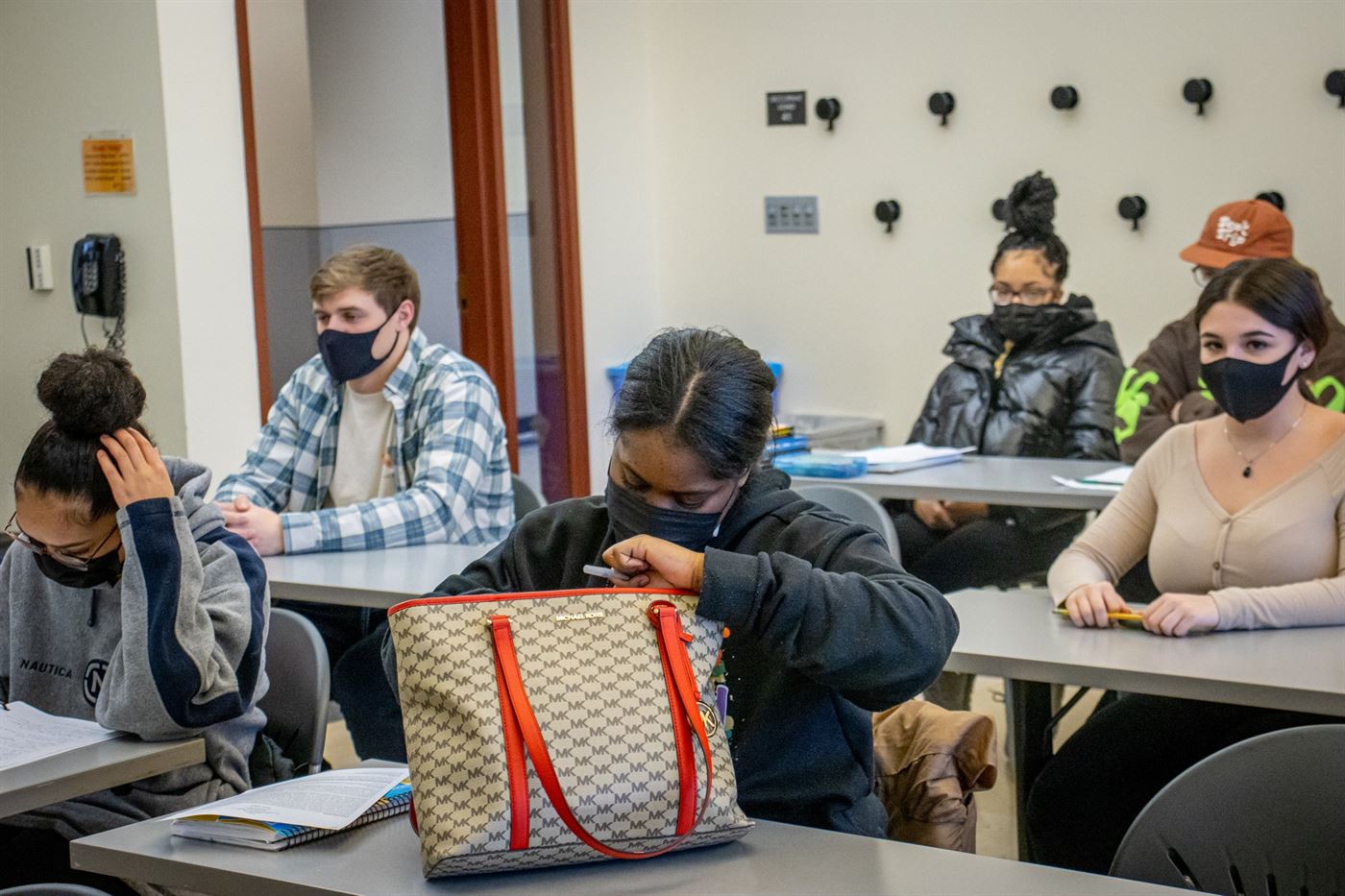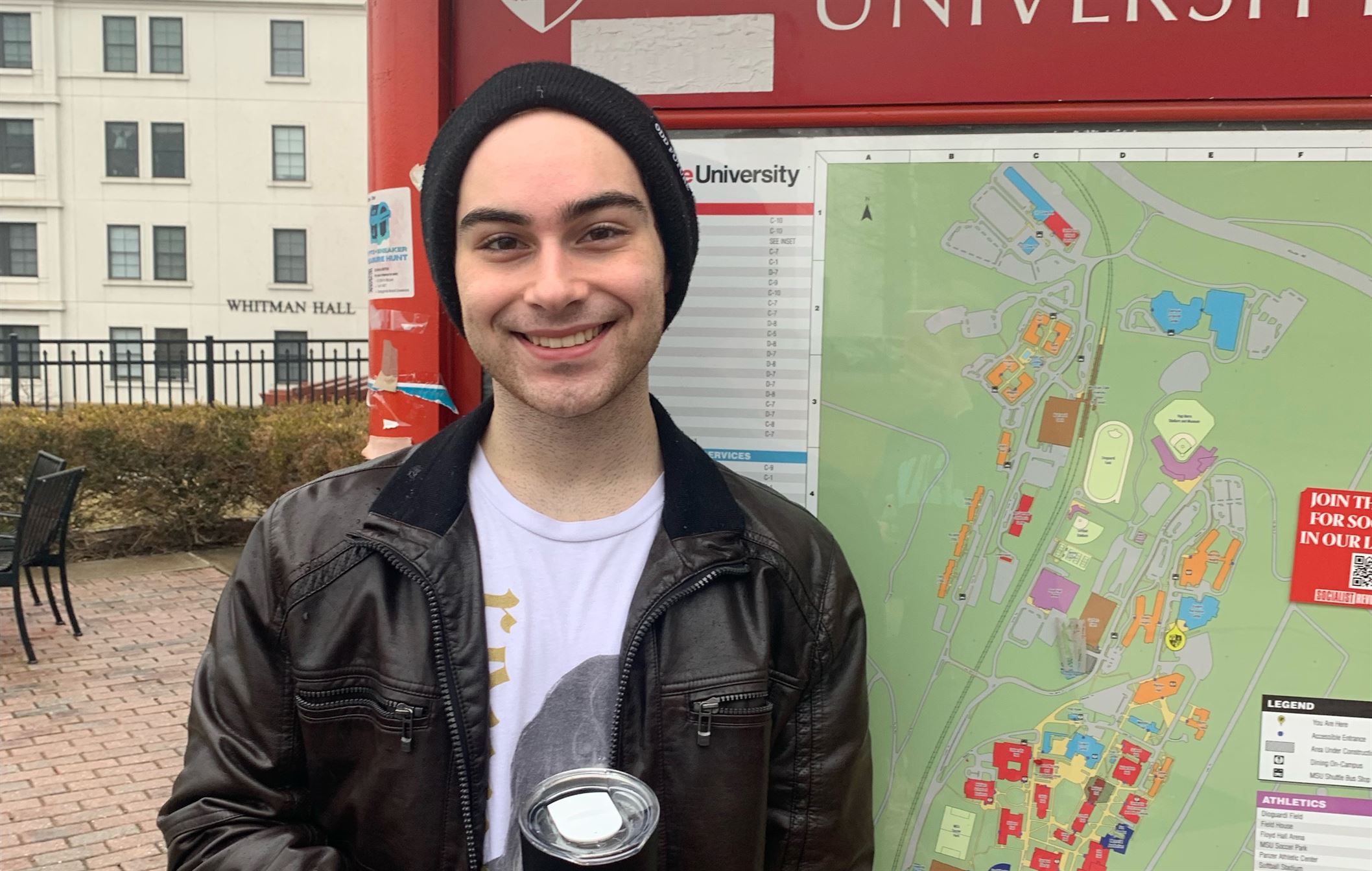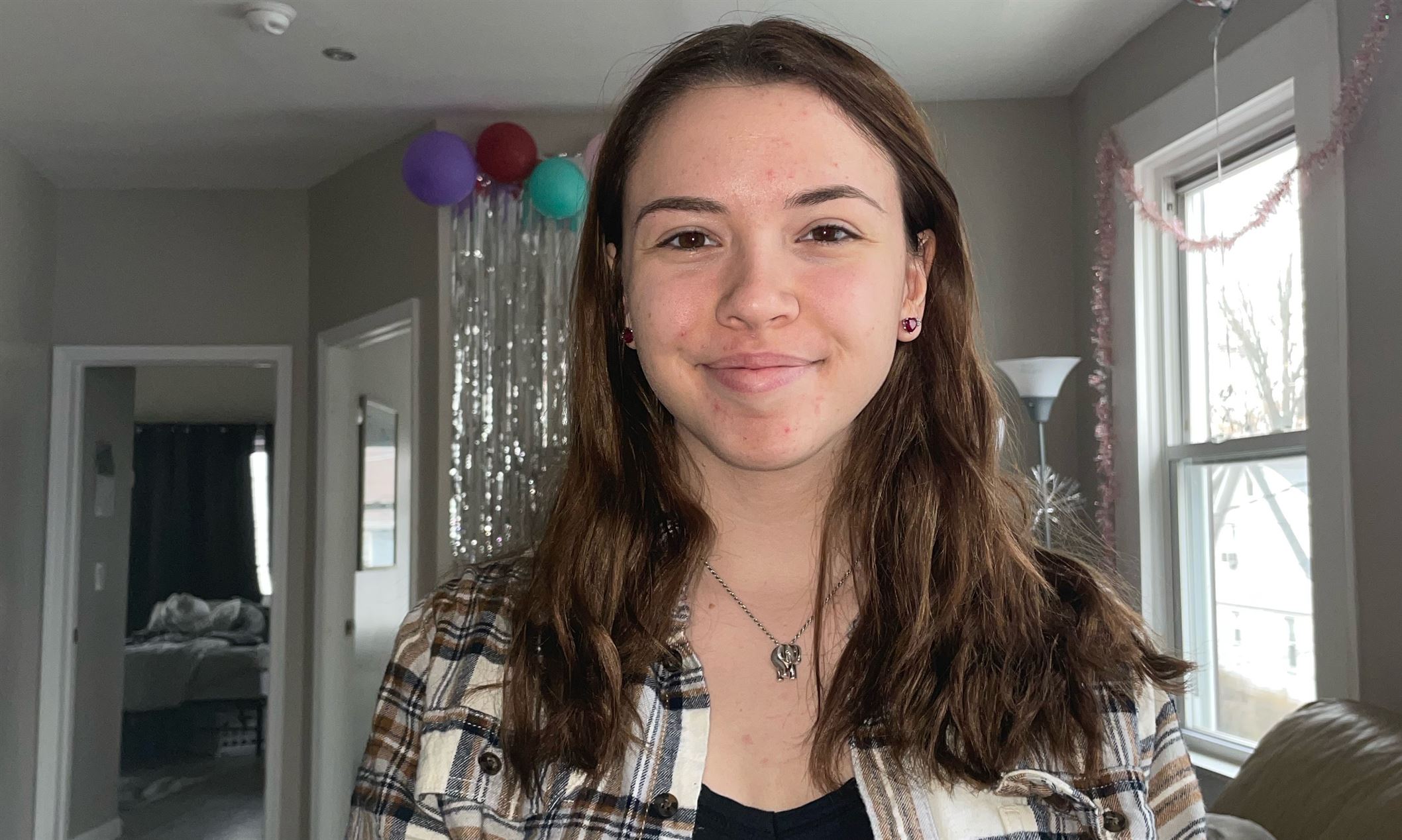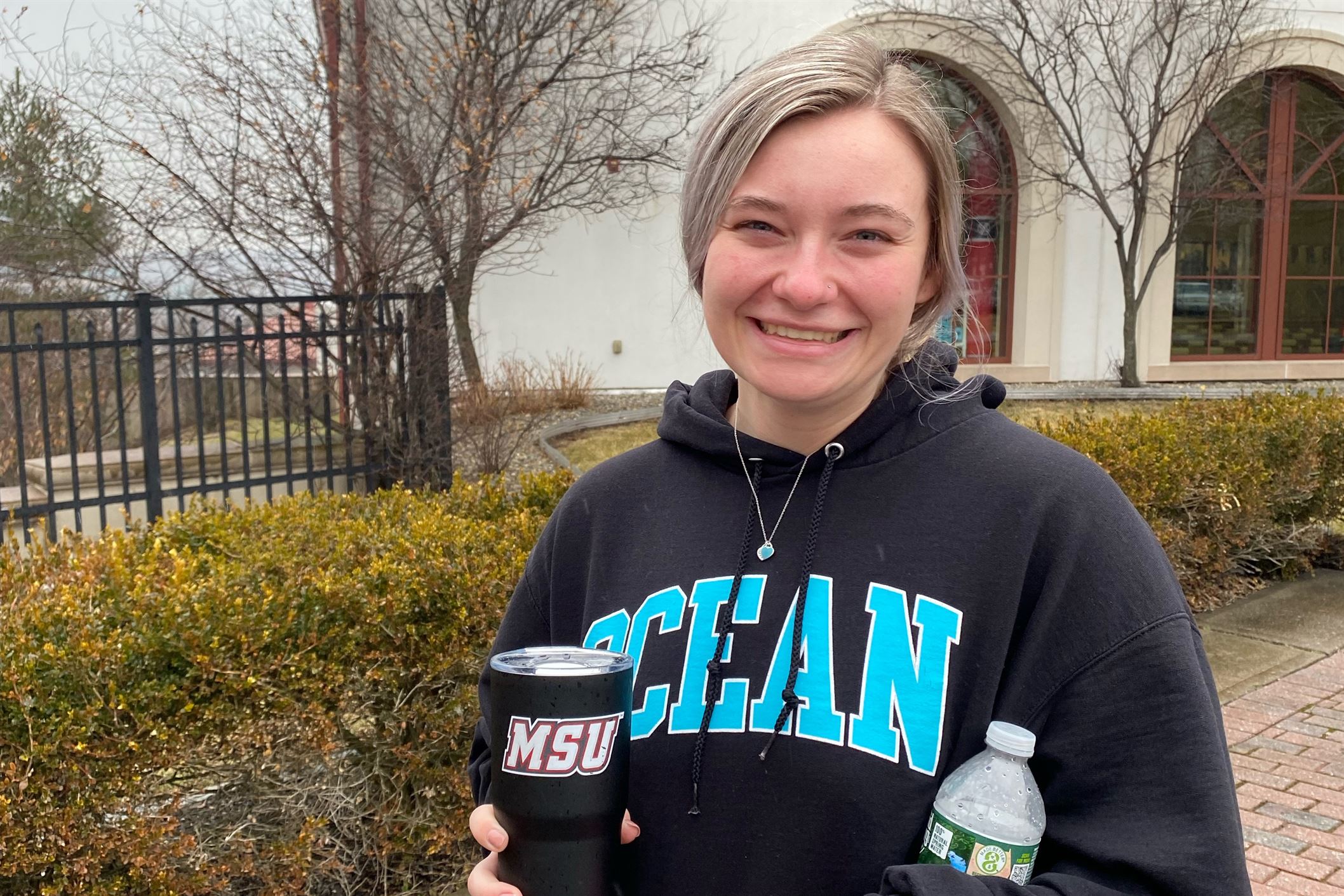Faculty at Montclair State University have recently expressed their concerns with the accuracy of coronavirus (COVID-19) contact tracing on campus for their classrooms.
At the Feb. 16 university senate meeting, there was buzz of possibly implementing seating charts in classrooms to improve contract tracing.
David Strobbe, a theatre and dance adjunct professor, expressed his concerns about this possible plan.
“In terms of contact tracing, I think it’s a good idea,” Strobbe said. “But in terms of the students, it doesn’t give them the freedom to move around once they start developing friendships if we put them into groups and things like that.”

David Strobbe is worried that seating charts would have a negative impact on students.
Erin Lawlor | The Montclarion
Strobbe said he prefers his students to have the flexibility of moving around. He understands that students may want to be in the front of the classroom one day and in the back the next, depending on how they are feeling.
“I want to make sure students are comfortable in a space,” Strobbe said. “So, if they are locked into a [seat], it takes away their flexibility to move around. It would create more of a perimeter which I am trying not to create in my class.”
David Winters, an adjunct professor in the School of Communication and Media, is upset about how the entirety of COVID-19 was handled throughout all universities.
“This isn’t entirely [Montclair State’s] fault,” Winters said. “Our national policy has prioritized capitalism over human life, created confusion when clarity was a matter of life and death and made it impossible for well-meaning institutions to respond with consistency and sensitivity.”
Winters believes the university senate means well, but seating charts would burden faculty and students.
“[Montclair State] leadership has done their best to toe the line, but the state and national leadership [Montclair State] looks to hasn’t provided the clear and consistent policy we all needed,” Winters said.
Jake Hamstra, a junior theatre studies major, believes this would be an unnecessary change for the university to make.
“I can see how this could possibly aid in making contact tracing easier and making it so fewer people have to quarantine if someone in your class contracts [COVID-19],” Hamstra said. “However, I do not think this will have actual results since whenever someone in my class gets [COVID-19] no one else contracts it. It would just be an annoyance.”
Mady Garthly, a junior educational foundations for elementary teachers major, thinks if the university set this in place, it would be an extreme measure.
“We are adults,” Garthly said. “We don’t need to be assigned seats like we are in kindergarten.”
Garthly believes this would completely disrupt group projects and the way the classroom works. She stated that in all of her classes, everyone is sitting close to each other regardless, so it wouldn’t work even if they wanted it to.
Sam Seiser, a junior educational foundations for elementary teachers major, said this would be an unhelpful and unreasonable change. She had professors try assigned seating in the past and noted it has never worked out because of group projects.
“You come in contact with so many people every day,” Seiser said. “It’s impossible to determine that you got [COVID-19] from someone you were sitting [next to in class] that day.”






